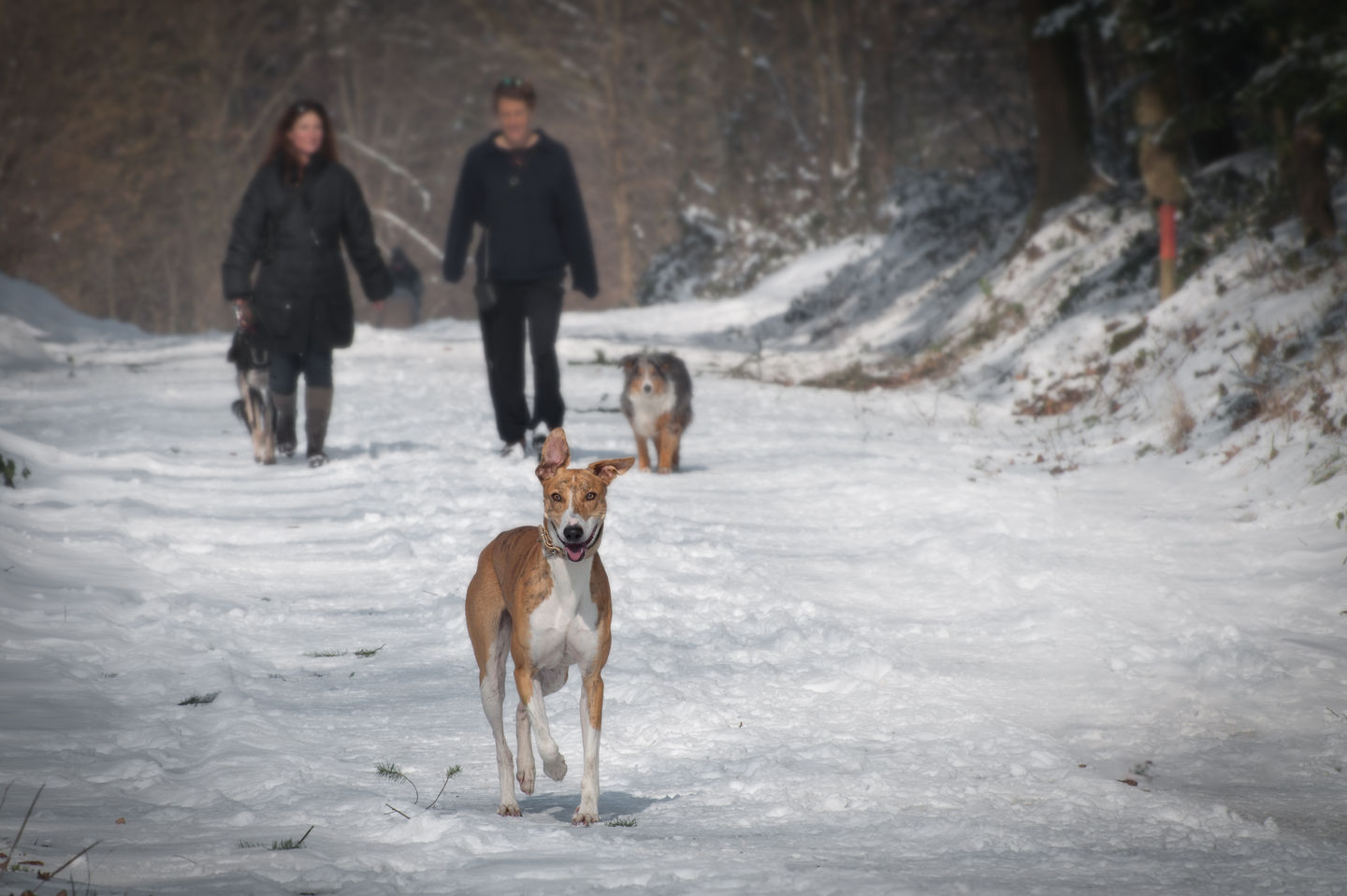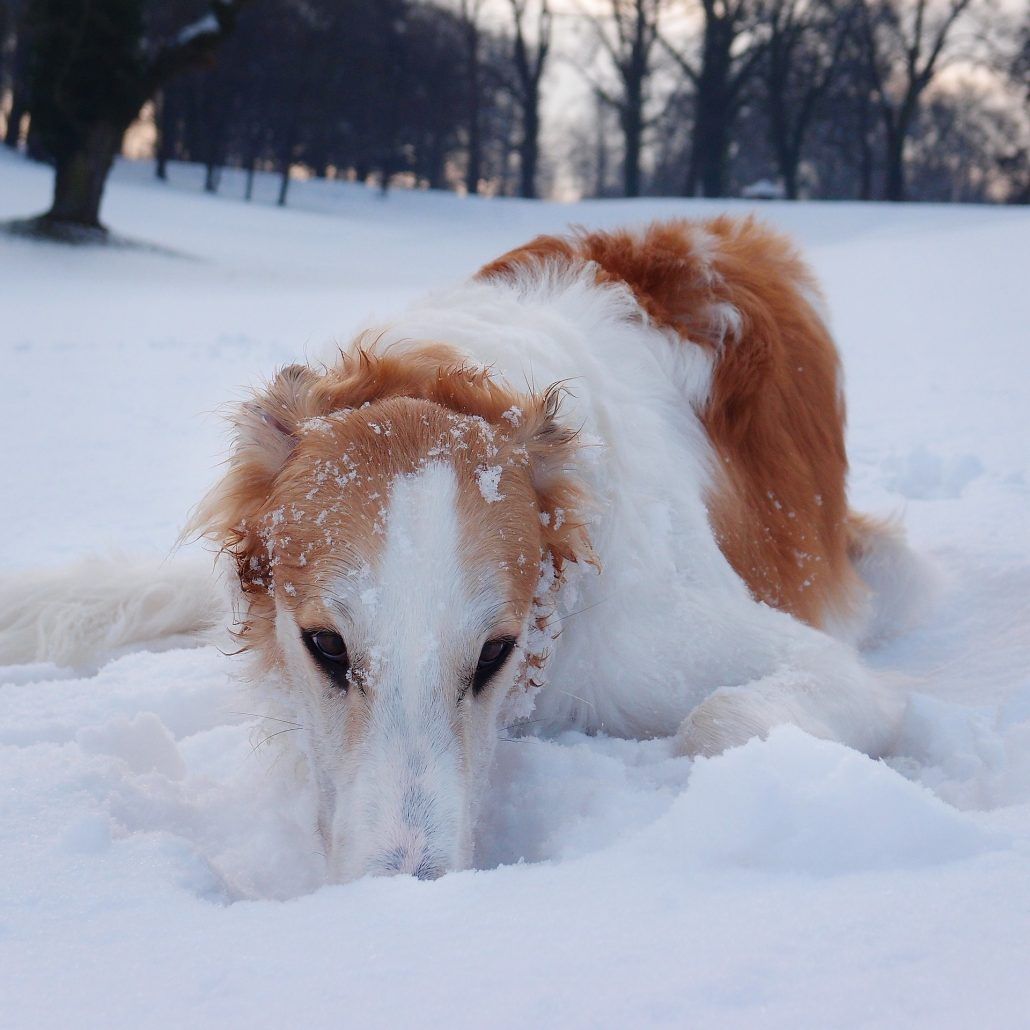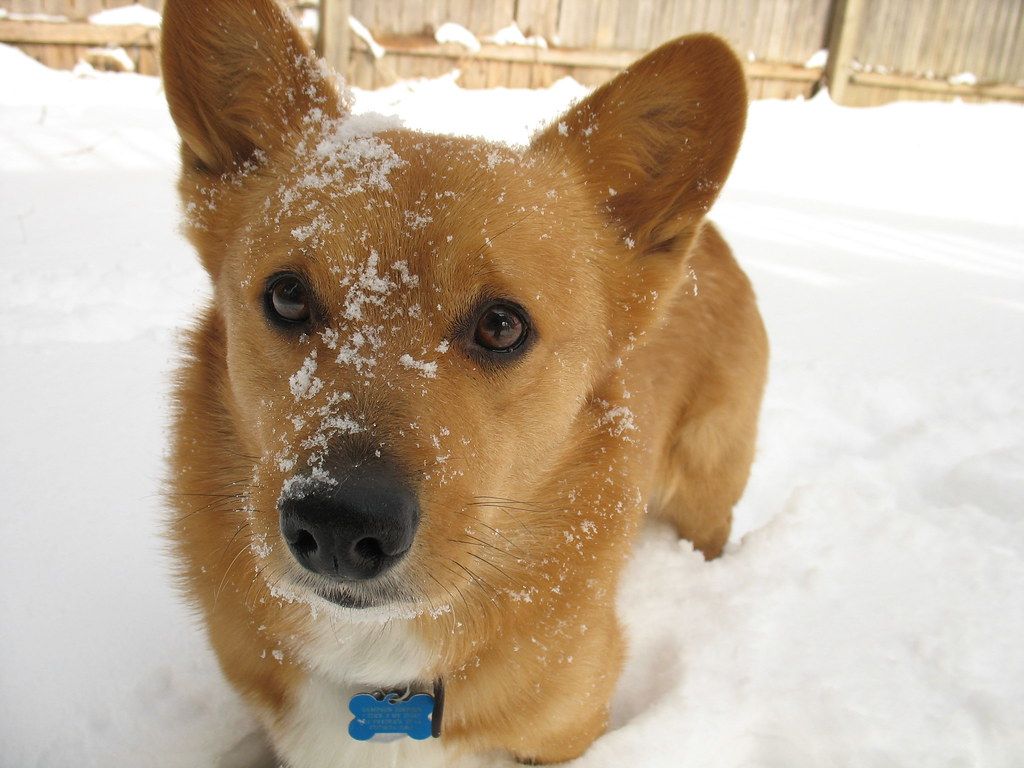Caring for Your Pets During Winter

Winter brings beautiful white snow, skiing, snowboarding, and the opportunity for many more fun activities. Unfortunately, it also brings frigid weather, ice, elevated heating bills, and days where the sun doesn’t even make an appearance. This can be both a joyous period as well as a difficult one – for both you and your pets. The coldest part of the year is coming soon. Are you prepared to take care of your animal family?
Know your pet’s limits
Just like people, an animal’s cold tolerance can vary from one pet to another. This is dependent on their coat, body fat stores, activity level, and health. What does this mean? For one, you will probably need to shorten their walks during cold weather. There are certain traits that make an animal more susceptible to the cold while on a walk. These are:
- Short coats – Short-haired animals have less resistance to cold
- Short-legged – These pets are closer to the ground and their bellies may be more prone to contact with the snow-covered ground.
- Arthritis – Arthritic and elderly pets often have a more difficult time during the winter because they may be more prone to slipping and falling.
If your pet displays any of these traits, be sure to shorten their walk time.
Keep them warm

There are several useful strategies to help keep your pet warm, both indoor and outdoor. These include:
- Providing multiple choices where to sleep – Where your pet sleeps during the summer may be warm. However, it may be a different environment in the winter as cold air may seep in certain areas of a house.
- Dress them up – If you elect to walk your dog during a cold winter today, consider a sweater or coat. Make sure it is dry before going outside though! Damp clothing gets cold quickly outdoors, so make sure you don’t reuse the same animal coat continuously.
- Stay inside – Your dog may love being out in the backyard during the spring and fall. They may spend hours out there! The winter is different, and even long haired pets should not be left outside for extended periods of time.

Other strategies include checking your pet’s paws. After being outdoors, it is a good idea to check for bleeding or cracks in their paw pads. Animal booties may help when outdoors, and protective balms can help as well. If you have any other concerns during winter, be sure to contact your vet.
Winter is here. The next few months will see plenty of snow fall in addition to frigid weather. We have many issues to deal with ourselves, and the same goes for our fur babies. Use the strategies above to help keep your little loved ones safe during this frigid season!

